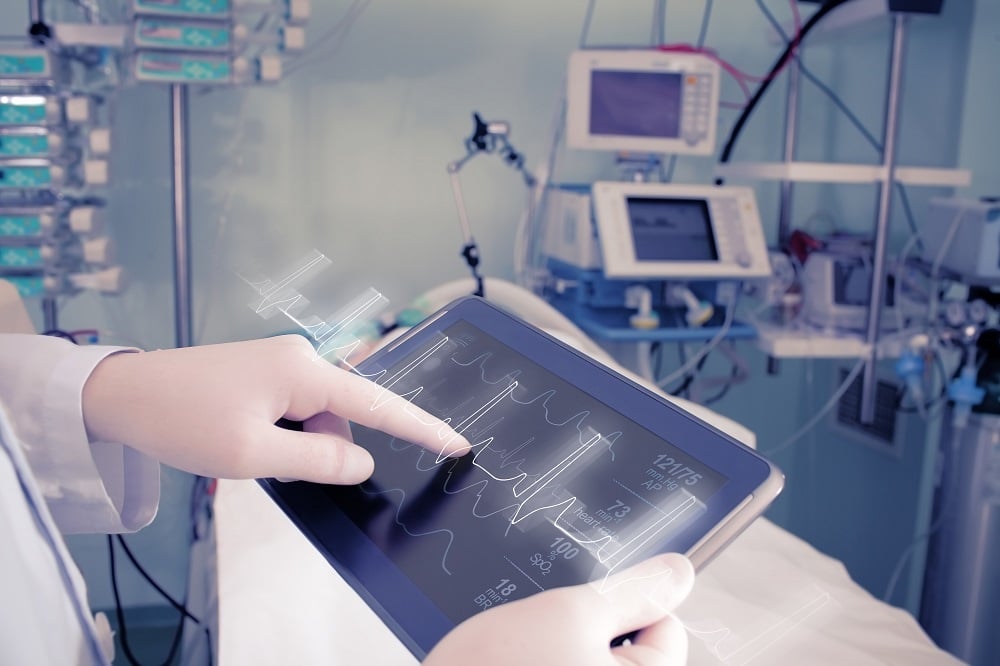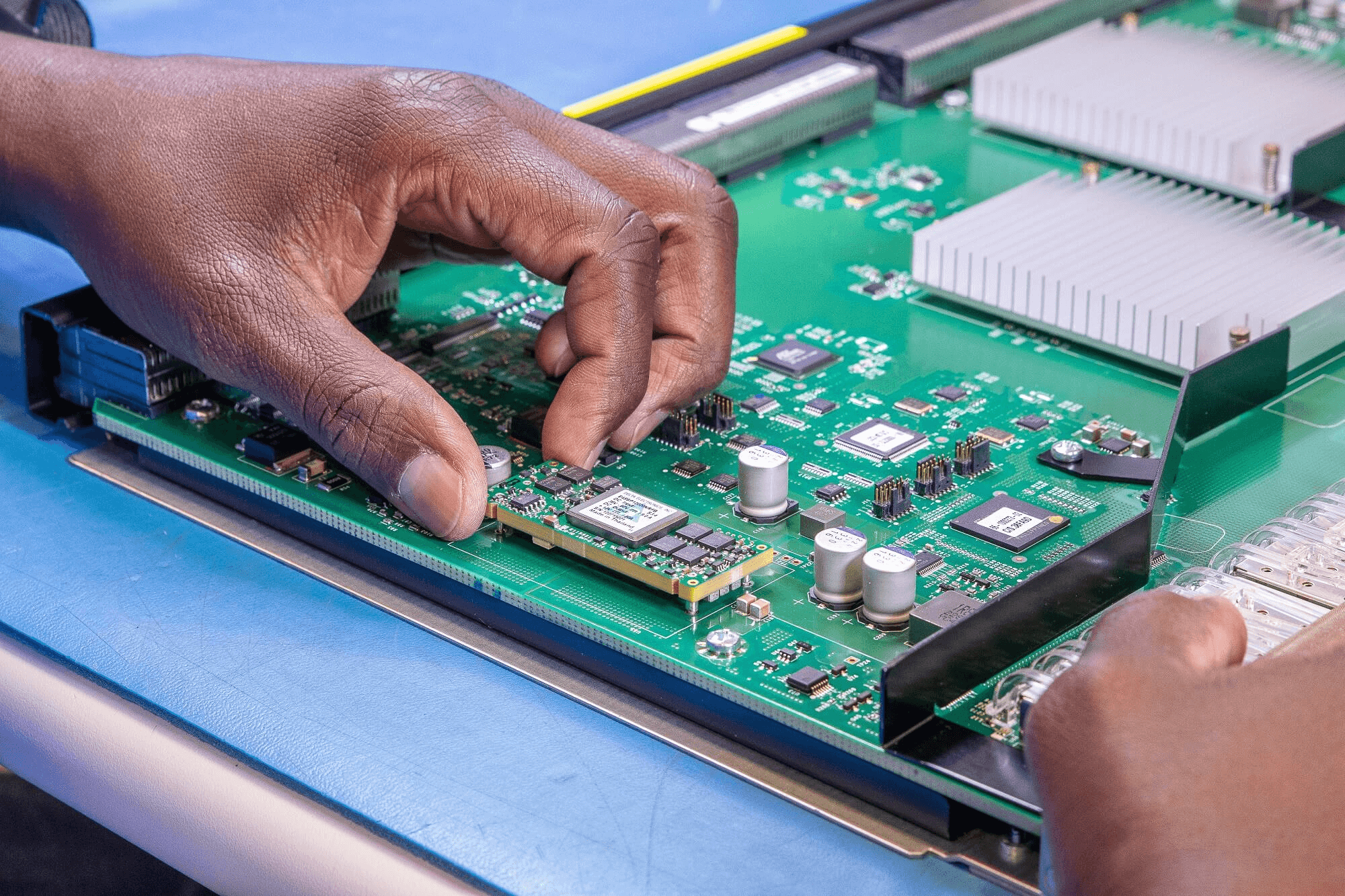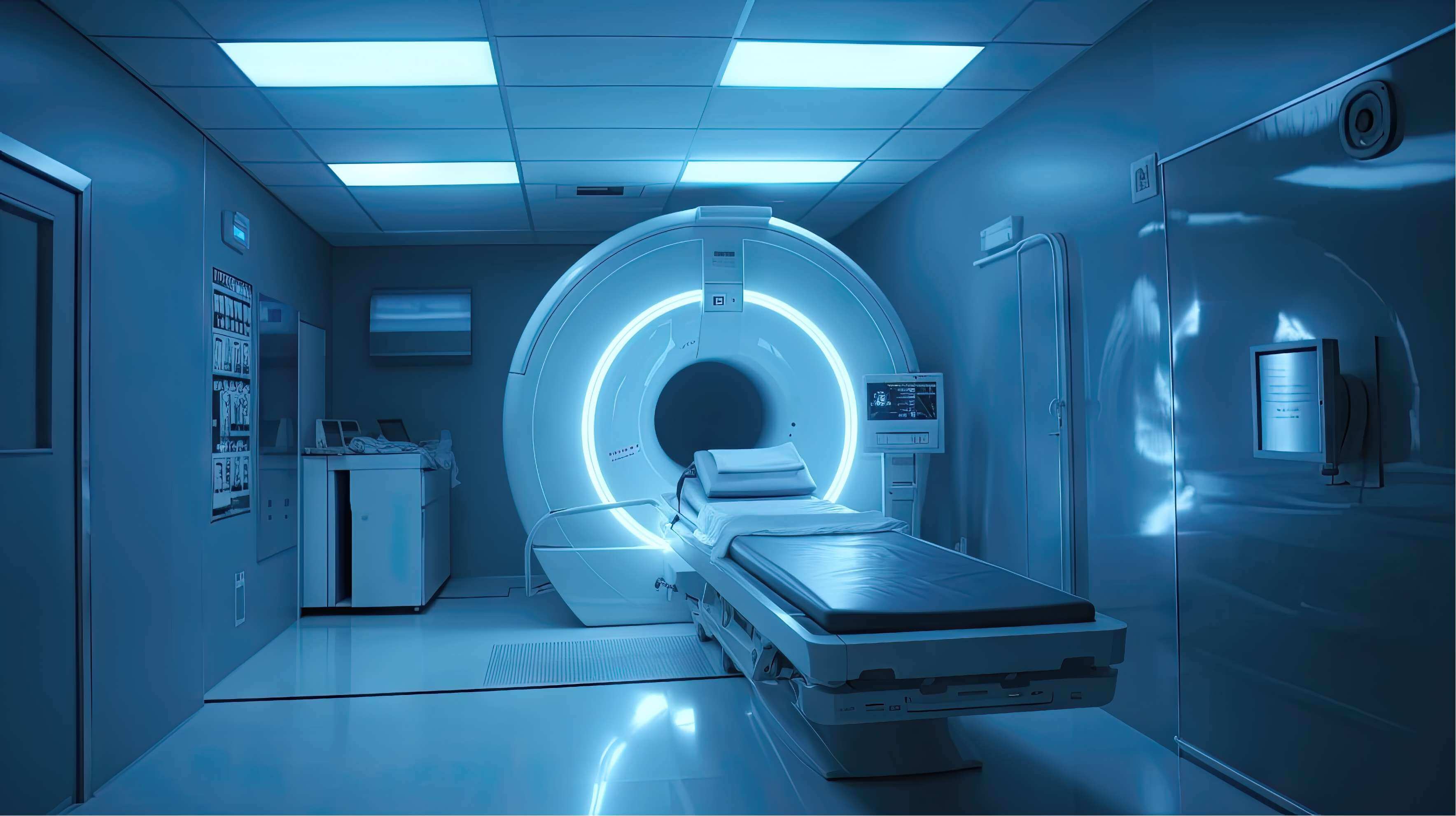This article was originally published on MedTech Dive on September 25, 2023. It was republished with their permission.
“First, do no harm” is as central to the circular economic mindset as it is to the ethos of caregivers. This philosophy is making its way into boardrooms via environmental, social and governance (ESG) policies and it’s prompting medical device manufacturers to rethink their approach to design, production and what happens after the sale.
The circular economy focuses on the desire to reduce e-waste, limit pollution and preserve biodiversity by keeping materials in use for as long as safely possible. It is the antithesis of a linear economy, which is a “take, make, waste” model that begins at the raw materials extraction site, pauses for consumer use and ends at the landfill.
With sustainability top of mind, medical device original equipment manufacturers (OEMs) are looking at their options through a new lens. They’re asking thought-provoking questions about design choices, sourcing partners, production processes and product end-of-life considerations. They’re involving new people in those discussions to challenge their thinking, including experts in sustainability and social matters, cross-disciplinary engineers and medical professionals. They’re reconsidering which devices are suited for repair, refurbishment and reuse and how best to dispose of those that aren’t. For instance, single-use medical items meant to slow the spread of disease are designed to be discarded after use to protect patient health.
Circular Economy Considerations for Medical Device Manufacturers
Innovation and design thinking lead the way in a circular economy. “Begin with the end in mind” is sage advice given the far-reaching effects of decisions made in the earliest stages of the product lifecycle. Here are a few key factors to consider:
- Raw materials and components: The raw materials used to produce medical devices are often reusable or recyclable. Product designers can eliminate the use of toxic materials or non-renewable resources. The components that comprise complex devices are often repairable or replaceable — an important consideration for equipment that can cost millions and stay in the market for years.
- Supply chains and production processes: Modifications to supply chains and production processes reduce emissions and manufacturing waste. Finite resources such as water and precious metals can be used in a more sustainable way. Collaborating with partners on ways to “do good to do well” strengthens reputations as well as relationships between technology OEMs, a virtuous cycle that opens up new business opportunities.
- Product end of life: Reclaiming and repurposing components and raw materials lowers the cost of manufacturing new devices. Warranties, trade-in programs and repair services add new revenue streams. When decommissioning is the only choice when a product reaches the end of its useful life, doing so in a safe and compliant way builds trust between OEMs and end-of-life technology service providers.
Solving Common Medical Device OEM Challenges With Expert Repair Services
Participating in the circular economy often prompts a broad rethinking of what product obsolescence means for the environment and the company’s bottom line. Offering robust, certified repair services is one of the most effective ways to keep equipment in use longer. OEMs may choose to do that in-house or partner with an expert in medical device repairs that can help them address sustainability and other common challenges, such as:
- Recalls: Engineers and technicians with expertise in medical device repair promote device safety and effectiveness, which lessens the impact of product recalls.
- Counterfeiting: End-to-end services that encompass inventory, supply chain and logistics expertise are instrumental in combating counterfeit parts of questionable quality.
- Compliance: A global partner with medical device repair expertise, certifications and compliant processes for data security, handling and chain of custody can ensure regulatory standards are met.
- Supply chain disruption: With disruptions and long lead times potentially affecting service delivery, a repair services partner whose expertise extends to forward/reverse logistics — and much more — is invaluable.
- Inventory: A repair partner well-versed in inventory management can optimize spare parts planning and stocking-level maintenance to avoid waste from overages.
- Skill gaps: Experience, certifications, product familiarity, clinical application knowledge and specialized support capabilities offset personnel gaps.
The Circular Economy: Getting Started
For medical device OEMs, participating in the circular economy can reduce waste and extend product lifecycles in ways that drive down costs and demonstrate a strong commitment to healthy patients and a healthy planet. To learn more about how medical device OEMs can participate in the circular economy, download the whitepaper, ”How to Outsource Medical Device Repair Services With Confidence” today.
About MedTech Dive
MedTech Dive provides in-depth journalism and insight into the most impactful news and trends shaping medical technology. The newsletters and website cover topics such as medical devices, diagnostics, digital health, regulation/compliance, R&D, M&A and more.




